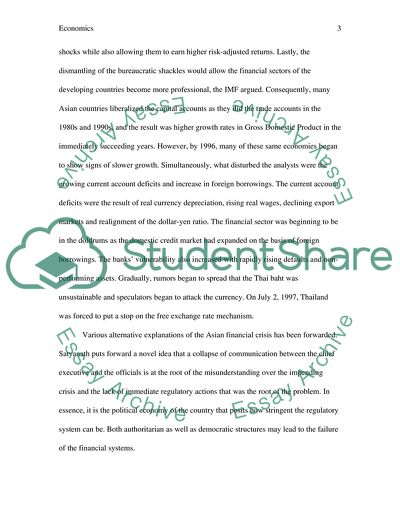Cite this document
(“Asias Banking Crisis by Shanker Satyanath Book Report/Review”, n.d.)
Asias Banking Crisis by Shanker Satyanath Book Report/Review. Retrieved from https://studentshare.org/finance-accounting/1544883-summery-of-globalization-politics-and-financial-turmoil-economic-essay
Asias Banking Crisis by Shanker Satyanath Book Report/Review. Retrieved from https://studentshare.org/finance-accounting/1544883-summery-of-globalization-politics-and-financial-turmoil-economic-essay
(Asias Banking Crisis by Shanker Satyanath Book Report/Review)
Asias Banking Crisis by Shanker Satyanath Book Report/Review. https://studentshare.org/finance-accounting/1544883-summery-of-globalization-politics-and-financial-turmoil-economic-essay.
Asias Banking Crisis by Shanker Satyanath Book Report/Review. https://studentshare.org/finance-accounting/1544883-summery-of-globalization-politics-and-financial-turmoil-economic-essay.
“Asias Banking Crisis by Shanker Satyanath Book Report/Review”, n.d. https://studentshare.org/finance-accounting/1544883-summery-of-globalization-politics-and-financial-turmoil-economic-essay.


